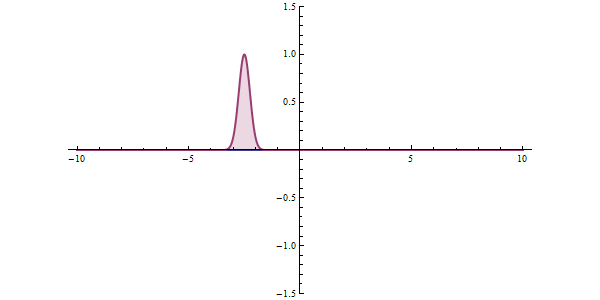Quantum Tunneling Effect Explored in Nanotechnology
Definition: Quantum Tunneling Effect is a quantum mechanical process where particles penetrate through a barrier that they classically would not be able to cross. This intriguing phenomenon plays a crucial role in various nanotechnology applications and beyond, illustrating the peculiar yet fundamental aspects of quantum mechanics.

Principles Behind Quantum Tunneling
Quantum Tunneling is grounded in the wave-particle duality of quantum mechanics. It suggests particles have wave-like characteristics, enabling their wavefunctions to extend through and beyond potential barriers. The likelihood of tunneling diminishes with increasing barrier thickness and energy level differences.
How Quantum Tunneling Operates
This phenomenon is primarily governed by the Schrödinger equation, predicting a nonzero probability for a particle to appear on the other side of a barrier. This probability, although finite, allows for the tunneling effect, playing a pivotal role in quantum mechanics and nanoscale processes.
Real-World Applications in Nanotechnology
Quantum tunneling underpins several technological innovations:
- Semiconductor Devices: A prime example is the use of quantum tunneling in flash memory devices. Flash memory utilizes tunneling to charge and discharge electrons from a floating gate, enabling the storage and erasure of data. This principle allows for the compact storage solutions prevalent in USB flash drives, SSDs, and other digital storage devices.
- Quantum Computing: Quantum tunneling facilitates the manipulation of quantum bits (qubits), essential for the operation of quantum computers. This enables quantum computers to perform complex calculations at speeds unattainable by classical computing systems.
- Scanning Tunneling Microscopy (STM): Scanning Tunneling Microscopyleverages quantum tunneling to achieve atomic-scale imaging of surfaces. By measuring the tunneling current between a sharp tip and the surface, STM can produce detailed topographical maps of materials at the atomic level, crucial for materials science and nanotechnology research.
- Biological Processes: Interestingly, quantum tunneling is also implicated in biological mechanisms such as enzyme reactions and DNA mutations, offering a quantum perspective on genetic variations and the development of novel pharmaceuticals.
Challenges and Prospects
The control and predictability of quantum tunneling at the nanoscale remain challenging, particularly as device dimensions shrink. Research is focused on harnessing this effect more effectively, promising advancements in energy efficiency, computing power, and sensor technology.
Technological Impact and Future Directions
Ongoing advances in understanding and manipulating quantum tunneling continue to drive innovation in nanotechnology. Developments in materials science, such as the exploration of 2D materials, enhance the application of quantum tunneling in creating more efficient electronic devices and enabling breakthroughs in quantum computing.
Quantum Mechanics at the Forefront of Innovation
Investigations into quantum tunneling bridge fundamental science with cutting-edge technological applications. As the mysteries of quantum mechanics unfold, the potential for transformative advances across nanotechnology, computing, and beyond expands, heralding a new era of scientific discovery and technological innovation.
Further Reading
Trends in Chemistry, Quantum Mechanical Tunneling Is Essential to Understanding Chemical Reactivity
International Journal of Engineering Research & Technology, A Review Paper on Tunnelling Effects in Integrated Circuits and Quantum Computing
